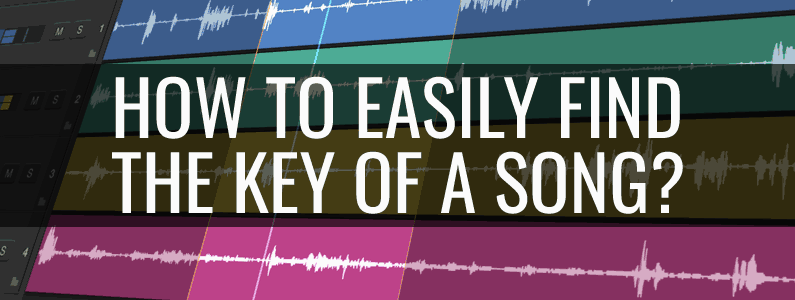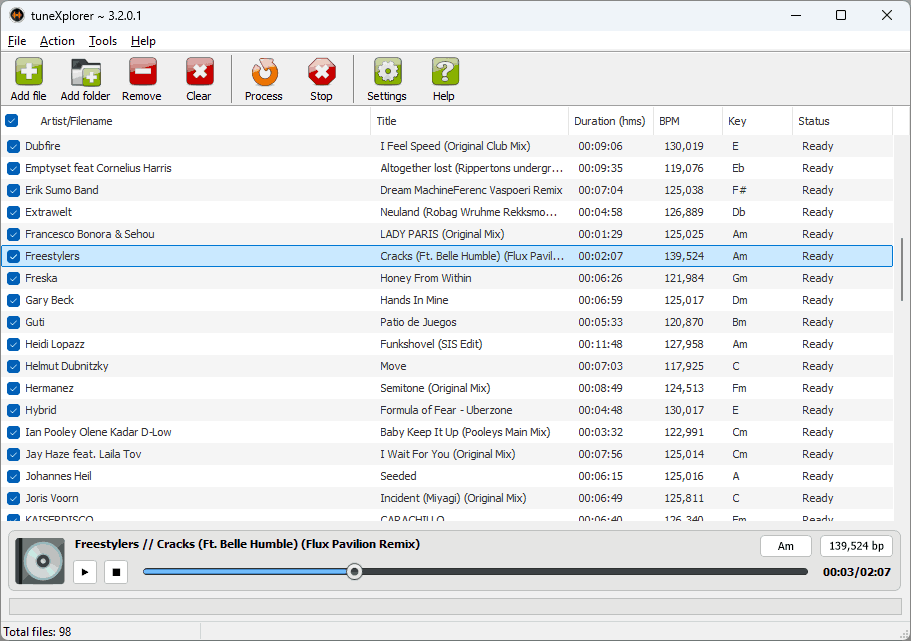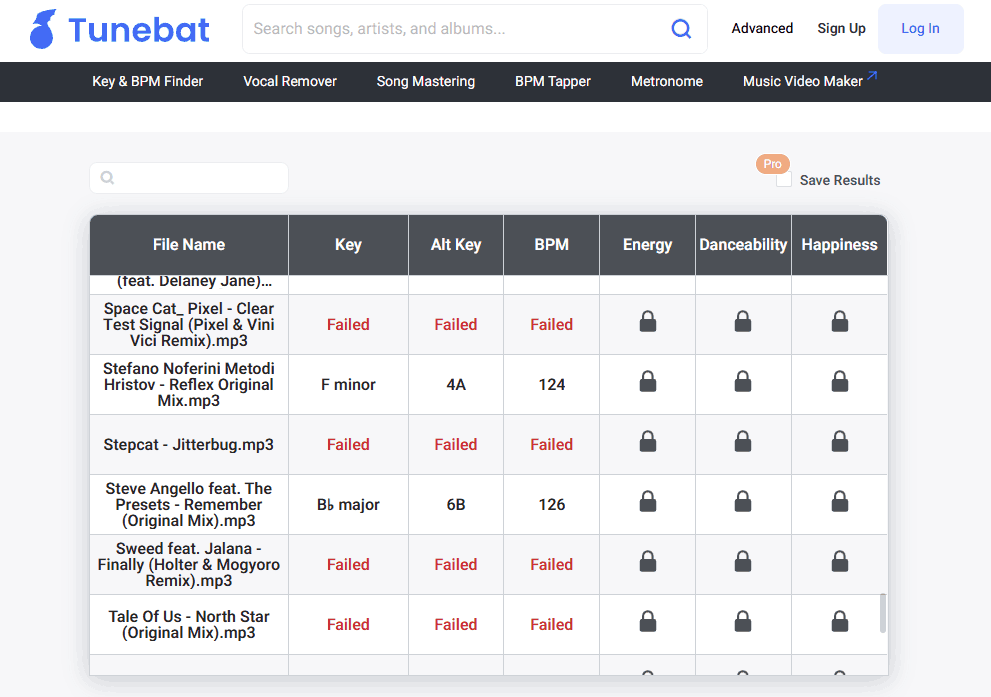
Understanding how to find the key of a song is an essential skill for new DJs who have not yet trained their ears. Whether you are trying to play along with a track, remix a song, or transpose a melody, you will eventually begin to use harmonic mixing techniques. Knowing the key helps ensure that your notes, chords, and harmonies will fit together perfectly.
While experienced musicians can determine the key by ear, even they cannot listen to huge amounts of music to create playlists. In this case, they have professional software with the ability to detect the key. For beginners, there are separate utilities and services that perform the same role.
In this article, we will look at several effective ways to determine the musical key of a song, including listening methods, software tools for large collections, and online services for analyzing individual songs.
1 Why Is Knowing the Key of a Song Important?
The key of a song is its tonal center, the “home” note or chord around which the music revolves. Knowing the key will allow you to:
- Play along with the song using the correct scales and chords. Knowing the key will also help you improvise better, be more creative, and be more expressive. It is the foundation for harmonies so that the melodies resonate with the listener.
- Understand the emotional tone of the piece - major keys sound bright and happy, minor keys sound dark and introspective.
- Remix or create new versions while maintaining the harmonic sequence. I have already discussed the rules of harmonic mixing before.
- Transpose the song to another key to fit the range of the singer or to get a version in the right key for mixing.
Overall, knowing key signatures is important for all musicians because it not only helps you perform and improvise better, but it also helps you connect more deeply with your audience.
2 Figure Out the Key of a Song by Ear
One of the most traditional and rewarding methods is learning to identify the key by listening. This approach relies on your ear training and understanding of music theory.
Start by identifying the tonic — the note or chord that feels like “home”. Often, the first or last chord of a song will give you a strong clue. From there, listen to the overall mood of the piece. If it sounds bright and uplifting, it's likely in a major key; if it sounds darker or melancholic, it’s probably in a minor key.
You can also try playing along with a keyboard or guitar. Start with a C major scale and adjust up or down in half steps until the notes align with what you hear in the song. With practice, this becomes faster and more accurate.
Keep in mind, this method takes time to master, but it sharpens your musical intuition and improves your improvisation skills.
3 Use tuneXplorer to Analyze the Key
For those who want a more technical approach, tuneXplorer is a powerful desktop application designed specifically for audio analysis, including key detection. Its main strength is its high speed and support for huge audio collections. On a modern computer, you can analyze tens of thousands of songs in minutes.

After importing your songs, tuneXplorer analyzes the harmonic content and displays the estimated key in real time. It also provides additional information such as tempo (BPM), scale type (major or minor). You can then save the information inside audio tags for future use with other DJ software.
This tool is ideal for users who need accurate data quickly without relying solely on ear training. It works well with both EDM and more complex classical or jazz recordings, giving you a clear visual representation of the tonal structure.
4 Use Online Tools Like Tunebat to Find the Key
If you are looking for a quick and affordable solution, Tunebat offers a free online service that allows you to upload or search for songs and see the detected key.

Tunebat uses the Essentia.js library to analyze audio and display key, tempo, and other musical characteristics. The analysis is performed inside the browser, so you won’t be able to upload many tracks at once. However, given the very low speed of operation, this is pointless.
The second negative point is the inability to save metadata, only export as a list is available for a fee. Therefore, you can use it only on those gigs where the Internet is available.
As for the accuracy of key detection, tuneXplorer wins by a small margin, the difference is about 4%. Both of these tools will be especially useful for beginners or those who need quick results without deep technical knowledge.
5 Considerations About Accuracy
It’s important to understand that finding the key of a song isn’t always black and white. Even among experienced musicians, there can be disagreements about the exact key , especially when dealing with complex arrangements, modulations, or ambiguous tonal centers.
Some songs shift keys mid-track, and others use modes or non-diatonic scales that don’t fit neatly into traditional major/minor categories. Additionally, audio quality, arrangement density, and tuning variations can all affect how accurately a tool or person identifies the key.
Even automated tools aren’t 100% foolproof. While they’ve become increasingly accurate with modern machine learning models, they can still misinterpret the tonal center in certain cases — particularly with polyphonic textures or unconventional harmonies.
So while technology can guide you, it's always a good idea to cross-check results with your ears or experiment with instruments to verify what you're hearing. Overall, the accuracy of the automatic detection can be considered quite good for live use.
6 Conclusion
Knowing how to find the key of a song opens up a world of creative possibilities. There are many approaches that will suit the needs and skill level of each musician. But even experienced DJs admit that modern software makes their work much easier.
Of course, the accuracy of algorithms can vary depending on the complexity of the song and the method used. Combining technology with your own musical intuition gives you the best chance of confidently determining the right key.
So the next time you try to determine the key of a song, don’t limit yourself to one approach — use a combination of listening, analysis, and experimentation to get the most accurate result.
